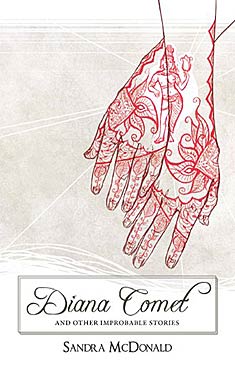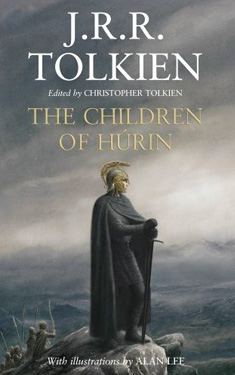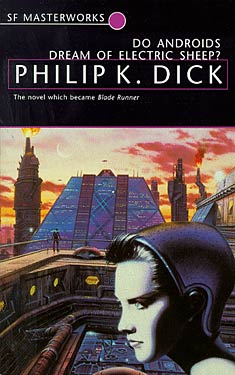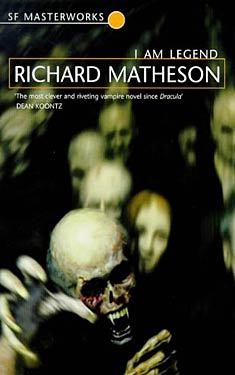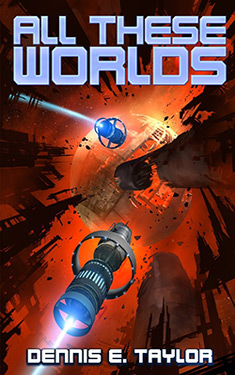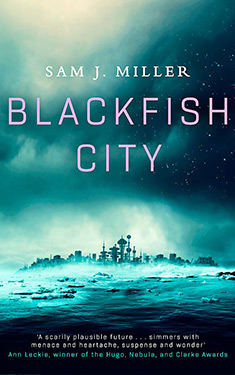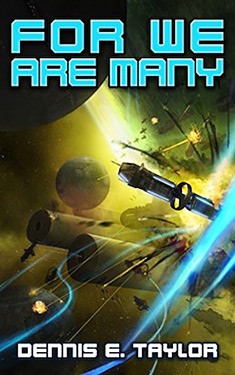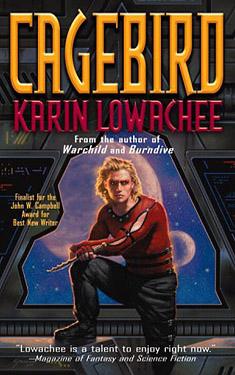Gene Wolfe
Completed 9/28/2018,
Reviewed 9/28/2018
4 stars
This was a
hard book to read and a tough one to rate.
The prose is masterful. No word
seems randomly picked. The story and the
form however, are really complex. The
book is a collection of three novellas that take place on the twin worlds of
St. Anne and St. Croix. There is a
common character in the three stories.
Dr. Marsch is an anthropologist who is a minor character in the first,
the writer of the second, and the main character of the third. The stories seem unrelated until well into
the third novella when things start to tie together. It should be noted that the first story was
published first. Wolfe’s publisher then
commissioned him to write two more related novellas so it could be published as
a whole book. This result is this heady
mix of unreliable narrators, hallucinatory journeys, and what seems to be
intentional obfuscation to create a powerful but difficult experience.
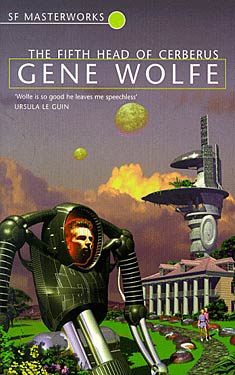 The titular
story is the first. It’s about a boy who
lives with his brother, father, and aunt in a high-class brothel. He seldom goes out and is tutored by a robot. Known to us only as number five, his father
begins experiments on him that involve psychological tests and drugs. Five and his brother David meet a girl who hangs
out with them and they get involved in some light stealing. Then there is a twist to the story which
throws Five and David’s lives into chaos.
About this time, Dr. Marsch shows up looking for the author of Veil’s
Hypothesis. It’s about the aboriginal
people of St. Anne and what may have happened to them when the first colonists
from Earth arrived.
The titular
story is the first. It’s about a boy who
lives with his brother, father, and aunt in a high-class brothel. He seldom goes out and is tutored by a robot. Known to us only as number five, his father
begins experiments on him that involve psychological tests and drugs. Five and his brother David meet a girl who hangs
out with them and they get involved in some light stealing. Then there is a twist to the story which
throws Five and David’s lives into chaos.
About this time, Dr. Marsch shows up looking for the author of Veil’s
Hypothesis. It’s about the aboriginal
people of St. Anne and what may have happened to them when the first colonists
from Earth arrived.
The second story,
called “’A Story’ by John V. Marsch” is a tale about the aboriginal peoples of
St. Anne. It is about one such
Aborigine, John Sandwalker, who is looking for his twin who was separated at
birth. He meets the Shadow Children, who
you get the feeling may have been from Earth, and were perhaps the first
colonists to arrive. Then he gets
captured by the marshmere people and once again, there are strange twists of
fate.
The last
novella is V.R.T. It is a collection of
writings and recorded interviews by and with Marsch. He has captured on St. Croix and is accused
of being a spy from St. Anne. The form
of this story is that an inspector is randomly reading through the writings and
listening to the tapes to glean from them what Marsch’s true mission was. They don’t believe he is an anthropologist
from Earth. Through his research, we get
more on the quest to discover the truth about the Aboriginal people, as well as
some topics from “Fifth Head”. This may
be the toughest of the three to read because it is not a straightforward
narrative. It jumps in time and content
making for a tough experience even if you are paying attention.
Reading this
book takes a lot of energy. It’s hard to
tell where the first two novellas are going until the end. During the first one, I thought there was no
plot for most of it, until the end.
During the second one, there seemed to be a plot, but between his dreams
and the mysterious Shadow Children, it felt like hallucinatory journey. By the third story, I was pretty lost, so I
cheated. I read a slew of reviews. I found out that this story helps tie
together the first two, so I read it with a little more aplomb, and got the big
payoff.
I give the
book four stars out of five because to write this way takes a lot of
talent. You just can’t sit down and
write a book like this. It takes much
careful planning and intention. Many
reviews I read either gushed over the book, or described a horrific reading
experience. I myself felt lost, but
relished in the amazing prose and tried really hard to pay attention. I think this is a book that takes multiple
readings to get all the nuances and hints in the first two stories. You can’t be tired when you read it.
